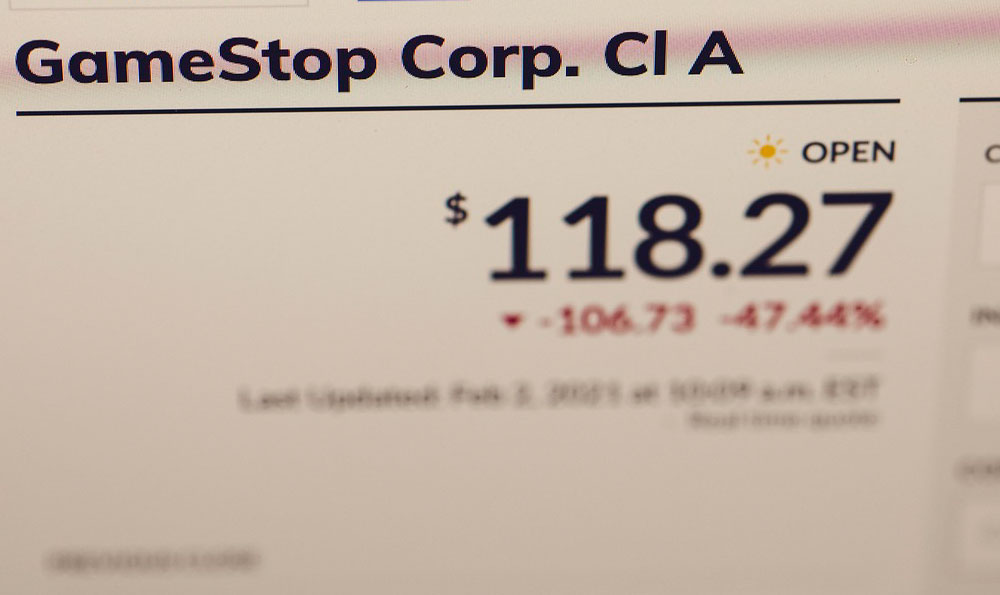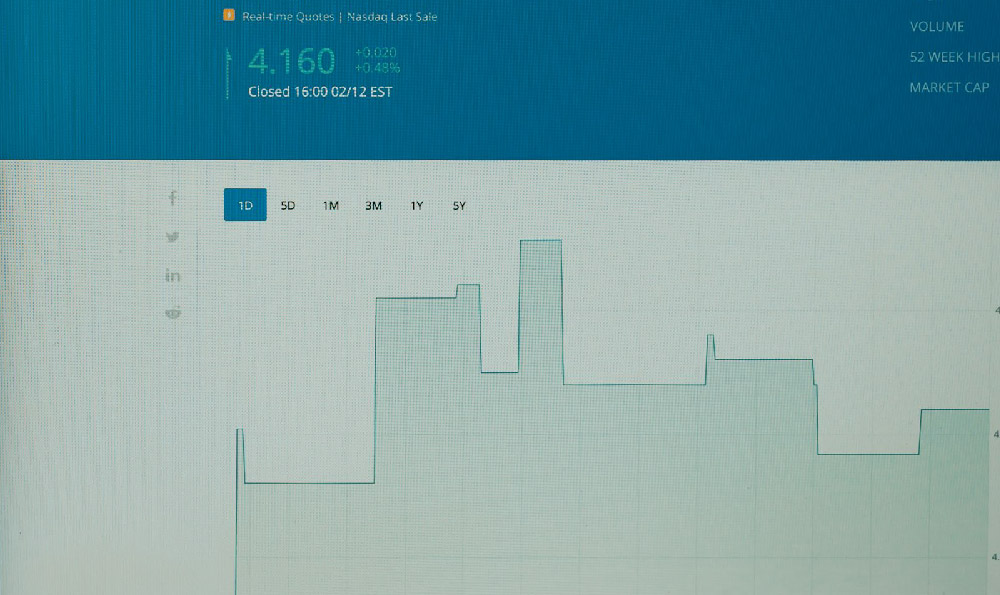Who invests in the stock market, and how many?
The landscape of stock market participation is a dynamic one, constantly shifting with demographic trends, economic forces, and evolving investment philosophies. Understanding who participates, and the extent of their involvement, is crucial for anyone interested in understanding the broader economic implications of market fluctuations and potential investment opportunities.
Quantifying the precise number of stock market investors globally is challenging due to variations in data collection methodologies and definitions across different countries. However, we can paint a reasonable picture based on available statistics and research. In developed economies like the United States, stock market participation is relatively high. Estimates suggest that over half of American adults have some form of investment in the stock market, whether directly through individual stocks, indirectly through mutual funds or retirement accounts like 401(k)s and IRAs, or increasingly through exchange-traded funds (ETFs). This number can fluctuate depending on market conditions and investor sentiment, often seeing a rise during bull markets and a dip during bear markets.
In Europe, the proportion of stock market investors varies significantly from country to country. Nations with strong pension systems and a culture of financial literacy tend to have higher participation rates. For instance, countries like Sweden and the Netherlands, with well-established pension funds that invest heavily in equities, see a substantial portion of their populations indirectly involved in the stock market. Conversely, countries with a more risk-averse investment culture or less developed financial infrastructure might have lower direct ownership of stocks.

Emerging economies present a different scenario. While the overall percentage of stock market investors might be lower compared to developed nations, the rate of growth in participation is often much faster. As these economies develop and disposable income rises, a growing middle class gains access to financial markets and begins to explore investment opportunities. However, factors such as a lack of financial literacy, regulatory hurdles, and a preference for more traditional forms of investment, like real estate or gold, can limit broader participation.
Beyond the raw numbers, understanding the demographics of stock market investors is equally important. Historically, stock market participation was skewed towards older, wealthier, and more educated individuals. However, this is gradually changing. The rise of online brokerage platforms and fractional shares has lowered barriers to entry, making it easier for younger generations and individuals with smaller amounts of capital to participate.
Millennials and Gen Z are increasingly embracing stock market investing, often utilizing mobile apps and online resources to learn about and engage with the market. They are often more comfortable with risk, and willing to invest in growth stocks and emerging technologies. The accessibility of information and the gamified nature of some trading platforms can both encourage and potentially lead to reckless behavior.
Gender is another significant demographic factor. Historically, men have been more likely to invest in the stock market than women. However, this gap is narrowing. Studies suggest that women investors tend to be more patient and disciplined than men, often achieving better long-term returns. Increased financial literacy initiatives targeted towards women are helping to further close this gap.
Income and education levels remain significant predictors of stock market participation. Individuals with higher incomes and higher levels of education are more likely to understand the benefits of long-term investing and have the financial resources to allocate to the stock market. However, it is important to note that even individuals with modest incomes can benefit from investing, particularly through tax-advantaged retirement accounts.
The motivations behind stock market investment vary widely. Some individuals are focused on long-term wealth accumulation for retirement. Others are seeking to generate income through dividends or capital gains. Still others are driven by speculative motives, hoping to profit from short-term market movements. Understanding these motivations is crucial for developing a successful investment strategy.
Technology is also playing an ever-increasing role in shaping stock market participation. Automated investment platforms, or robo-advisors, are making it easier for individuals to invest in diversified portfolios with minimal effort. Social media and online forums are also influencing investment decisions, with individuals sharing information and recommendations about specific stocks. However, it is important to be cautious about relying solely on online sources for investment advice, as misinformation and biased opinions can be prevalent. Always conduct thorough research and consult with a qualified financial advisor before making any investment decisions.
Finally, it's crucial to consider the risks associated with stock market investing. The market can be volatile, and there is always the possibility of losing money. Diversification, which involves spreading investments across different asset classes and sectors, is a key strategy for mitigating risk. Investing for the long term, rather than trying to time the market, is another important principle. Regular review and adjustments of the portfolio are also necessary to ensure it remains aligned with financial goals and risk tolerance.
In conclusion, stock market participation is a complex phenomenon influenced by a variety of factors, including economic conditions, demographic trends, and technological advancements. The profile of the average investor is evolving, with younger generations and individuals with diverse backgrounds increasingly participating in the market. While stock market investing offers the potential for significant financial rewards, it is important to approach it with a clear understanding of the risks and a well-defined investment strategy. Diligence, research, and a healthy dose of skepticism are key to navigating the market successfully and building long-term wealth.















